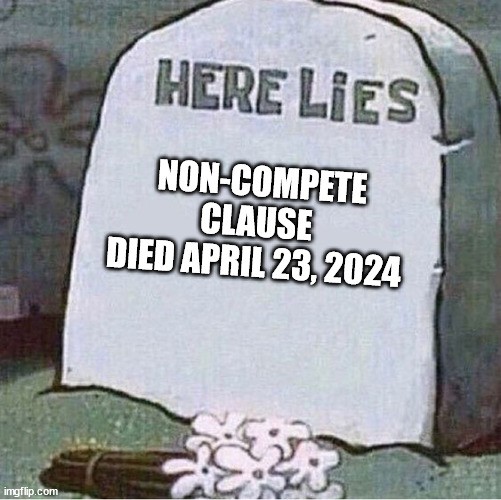 On April 11, 2014, the Maryland Department of Assessments and Taxation (SDAT) issued its annual assessment ratio report to Governor O’Malley and the General Assembly. The report, which is required by law, measures the quality of real property assessments in each of Maryland’s 24 jurisdictions. This year’s report contains statistics from which interesting trends in Maryland’s real estate markets can be gleaned.
On April 11, 2014, the Maryland Department of Assessments and Taxation (SDAT) issued its annual assessment ratio report to Governor O’Malley and the General Assembly. The report, which is required by law, measures the quality of real property assessments in each of Maryland’s 24 jurisdictions. This year’s report contains statistics from which interesting trends in Maryland’s real estate markets can be gleaned.
The report indicates that 678,763 properties were valued by SDAT using “mass appraisal” techniques for taxation in 2013, 2014 and 2015. SDAT reported that residential property values decreased by 7% on average since 2010, while commercial property values increased by an average of 11% statewide for the regions reassessed.
There were 357 commercial properties sold statewide between July 1, 2012 and June 30, 2013, with the largest number of sales in Baltimore City (54), Baltimore County (53) and Montgomery County (35). Some counties saw very few commercial sales. For instance, there were 4 or fewer commercial sales in Allegany, Caroline, Dorchester, Garrett, Kent, and Somerset Counties during the same period. Such small numbers make it difficult to observe any trends in these counties.
Interesting trends can be seen in the jurisdictions with the largest numbers of commercial sales. In 23 out of 24 jurisdictions, the total sales prices exceeded the total assessed values (the lone exception was Worcester County). This is not uncommon since property values generally rise during the three years following the initial reassessment. For example, in Montgomery County the 35 properties sold for the total sum of $500,000,000, while the properties were collectively assessed at $445,000,000. This equates to an assessment ratio of 89%, which SDAT tracks for every county to determine the quality of assessments by each local assessment office. In some counties, the assessments were quite accurate compared to sales – as in the case of Baltimore City with a 95% assessment ratio — while others were well off the mark. For instance, the commercial ratio in Howard County was only 67%.
While the statistics released by SDAT provide some useful insight for those considering whether or not to appeal an assessment, one must also be willing to ignore statistics when making the important decision to appeal an assessment. Ultimately, every commercial property stands alone with unique characteristics that distinguish it from comparable properties that might be relied upon by the assessor under a sales approach to value. For instance, an older property may require major capital improvements (e.g., new roof, resurface asphalt lot, tenant improvements) of which the assessor is unaware. In this situation, the owner may highlight the cost of the improvements to support a challenge to the assessment.
For income-producing properties, the assessor usually utilizes the income approach as the primary approach to value. But for properties worth $5 million or less, the assessor typically does not have actual income and expense data for the property because the owner is not required to produce the data. Instead, the assessor estimates rental income based on local rental rates and applies a fixed percentage for expenses (e.g., 30%). In this situation, the property owner should obtain a copy of the assessor’s worksheet and compare the estimates to the actual income and expense data for the property. If there are major differences, an appeal may be warranted to reduce the assessment.
Miller, Miller & Canby has been protesting the assessments of various types of real property in Maryland for more than 30 years. Michael Campbell is a partner in the litigation practice of Miller, Miller & Canby. In addition to trial and appellate advocacy, his practice focuses on real estate litigation and property tax assessment appeals. Please feel free to contact Mr. Campbell for real estate and property tax guidance. For more information about the firm’s property tax appeals practice and representative assessment appeals, click here.








Share this Article: